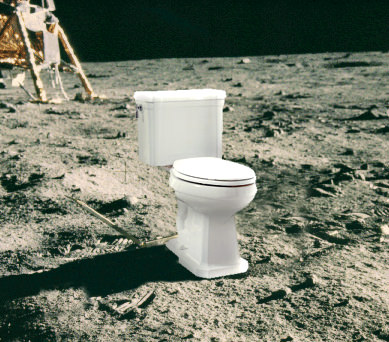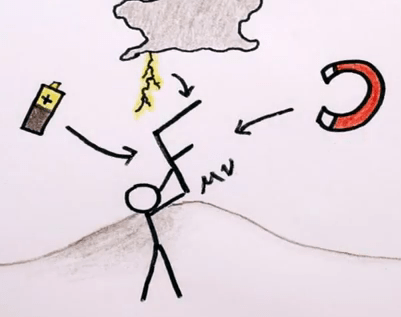Anyone who’s ever seen a map or a globe easily knows that the surface of our planet is mostly covered by liquid water — about 71%, by most estimates* — and so it’s not surprising that all Earthly life as we know it depends, in some form or another, on water. (Our own bodies are composed of about 55-60% of the stuff.) But how did it get here in the first place? Based on current understanding of how the Solar System formed, primordial Earth couldn’t have developed with its own water supply; this close to the Sun there just wouldn’t have been enough water knocking about. Left to its own devices Earth should be a dry world, yet it’s not (thankfully for us and pretty much everything else living here.) So where did all the wet stuff come from?
As it turns out, Earth’s water probably wasn’t made, it was delivered. Check out the video above from MinuteEarth to learn more.
*71% of Earth’s surface, yes, but actually less total than you might think. Read more.
MinuteEarth (and MinutePhysics) is created by Henry Reich, with Alex Reich, Peter Reich, Emily Elert, and Ever Salazar. Music by Nathaniel Schroeder.
UPDATE March 2, 2014: recent studies support an “alien” origin of Earth’s water from meteorites, but perhaps much earlier in its formation rather than later. Read more from the Harvard Gazette here.



